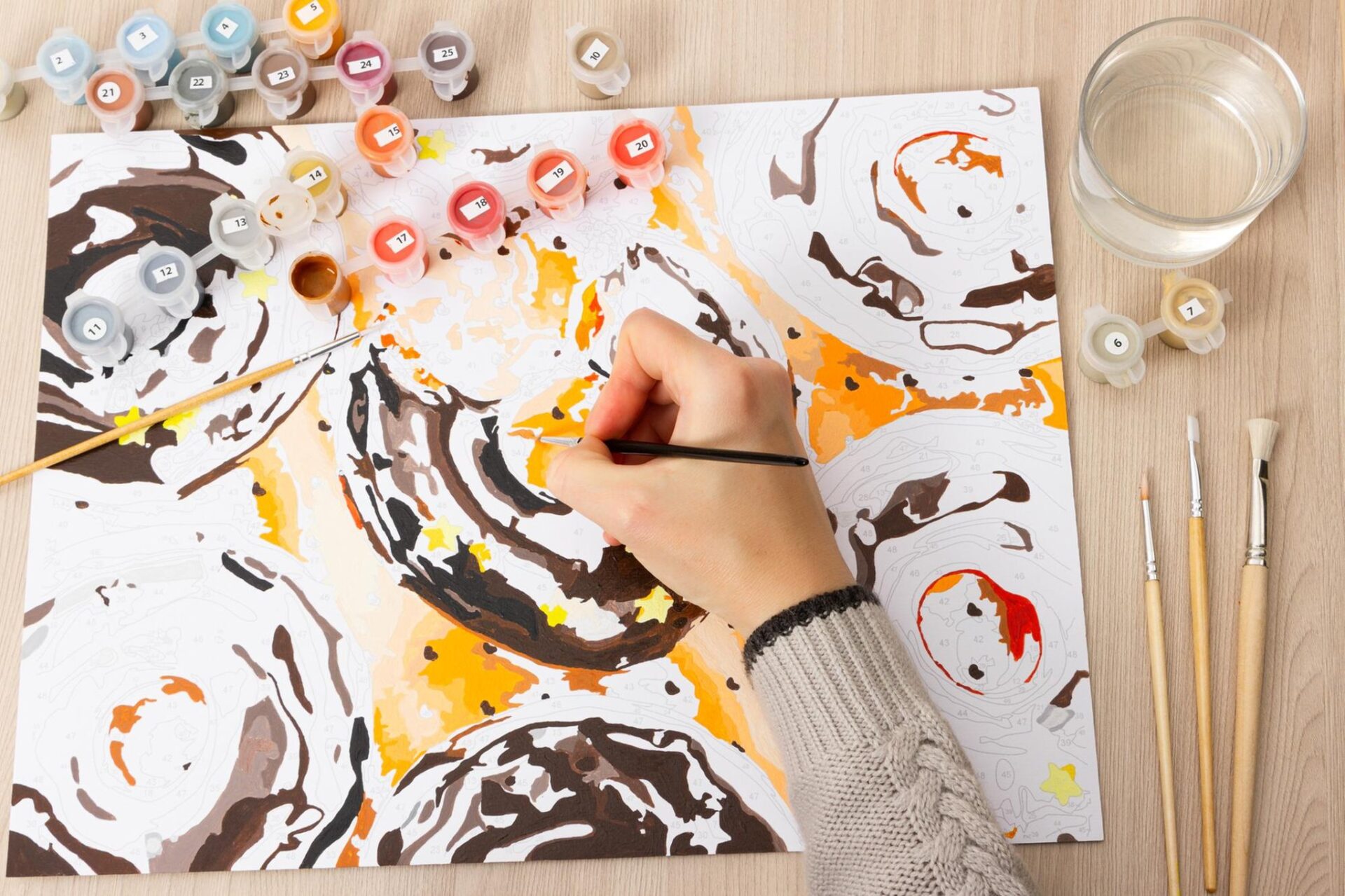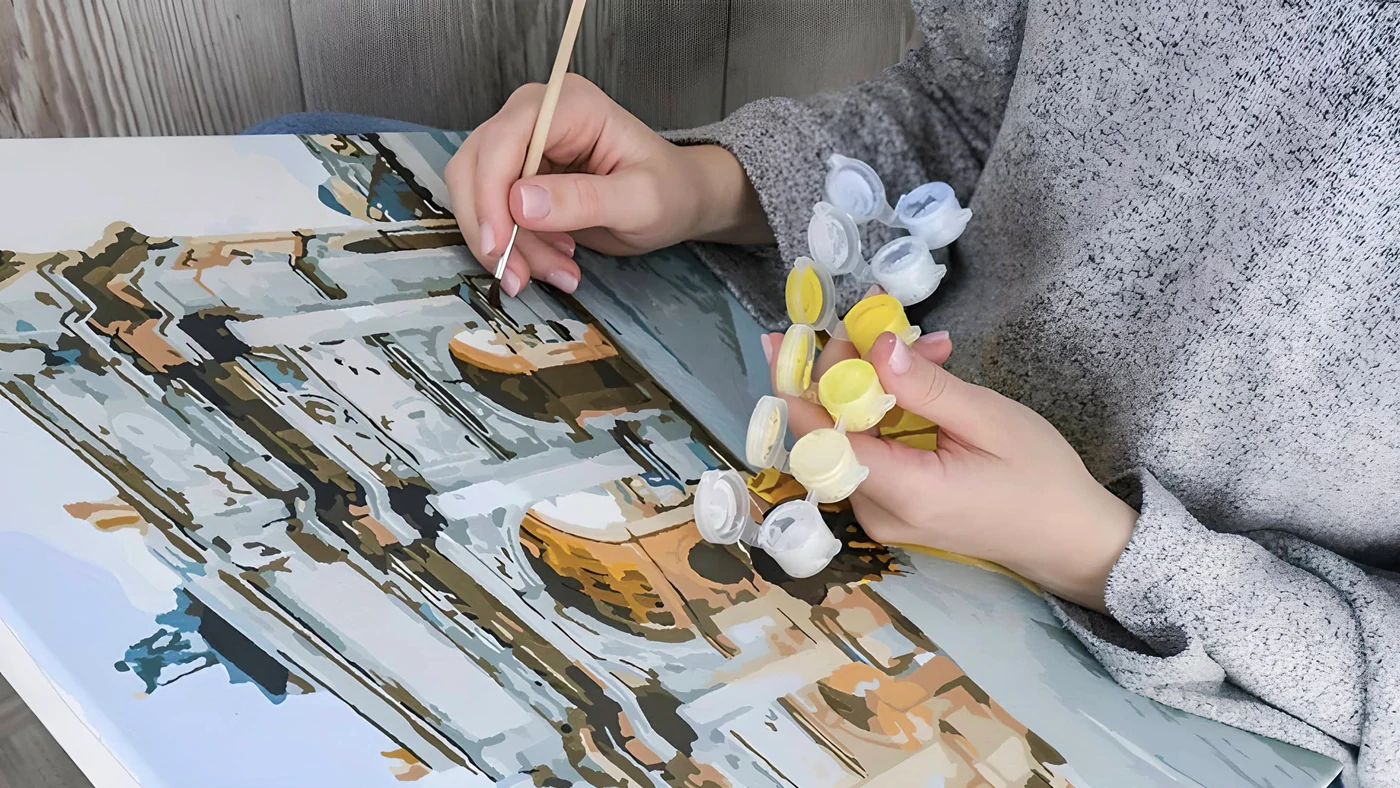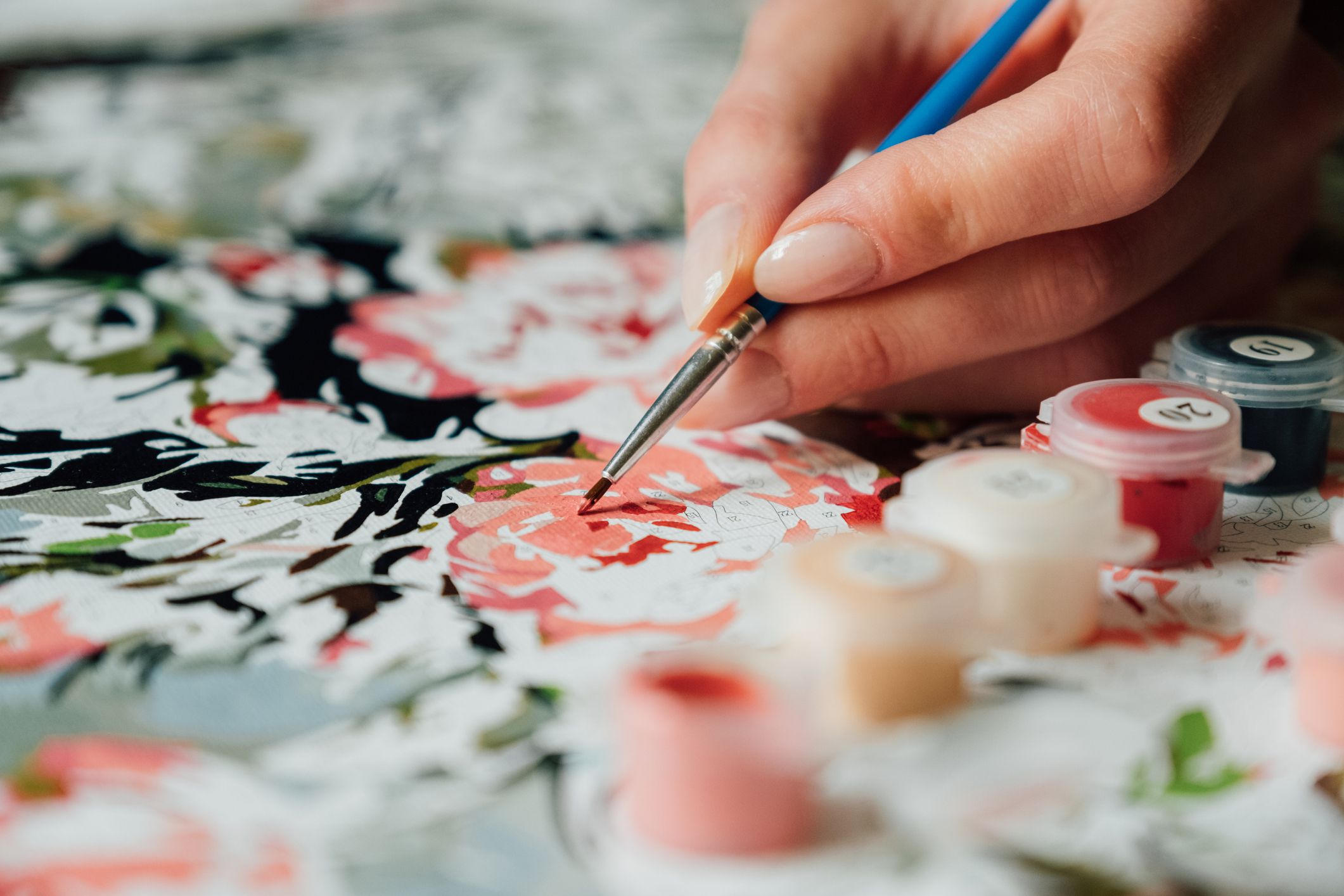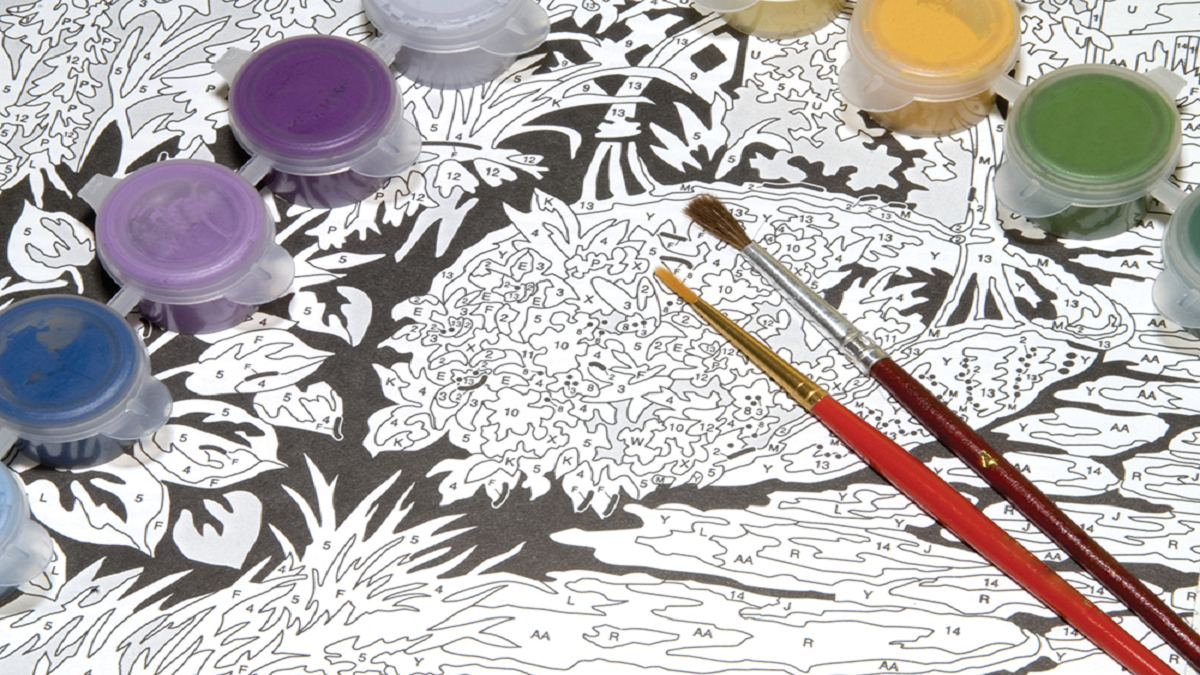
5 Cognitive Benefits of Paint by Number Projects
Scientific studies have shown that brain activity stimulates new connections between nerve cells by developing neurological “plasticity” and building a functional reserve that protects against future cell loss. And most people tend to fear their brain cells may die out with old age, therefore like to engage in as many activities as possible to prevent this from happening. Activities of their choice in this case are called cognitive. Their also great for kids, and parents should start introducing them into their daily routine as soon as possible.
There are a lot more activities that can help us relax and calm our senses aside from painting you can check this guide by parentingpod.com.
Let’s take a look at what they are and how they stimulate our brains…

Cognitive activities can protect the brain by establishing a “cognitive reserve” that helps it become more adaptable and compensates for changes in the brain that are age-related or that occur as a result of various diseases. This reserve begins to develop in childhood and strengthens in adulthood. People who continue to learn, develop new skills and interests, and build and improve the cognitive reserve of their brain. Mentally stimulating activities include reading, attending courses, learning a new language, dancing or playing an instrument, solving math problems, painting, drawing, and many others.
The most useful form of this type of stimulation is called cognitive training. Healthy adults over the age of 65 participated in a large scientific study. Cognitive training in memory and thinking was done. The results showed that the cognitive functions of the participants were improved for the area being trained and that the effect of improvement lasted for 10 years after the end of the training. It is important for the brain to have as much intellectual stimulation as possible because the greater the stimulation the more different neural circuits are used. Everything new is an intellectual stimulus for the brain.
So, we come to the point of introducing paint by numbers as a fantastic way of maintaining cognitive health. In the rest of the article, you’ll find all the reasons why this is true.
1. Paint by numbers helps express one’s emotions

It is definitely true not all of us are born artists, and even though you feel there is something inside you that needs to get out, you’re preventing it because of the lack of artistic skills. Paint by numbers helps one overcome this obstacle because the instructions are very clear and easy to understand, as they can be followed by just anyone. Also, the fact that the work of art was done by you is extremely satisfying, stimulating your self-esteem to grow. The memory can also be freshened by this activity, with custom paint by numbers kits. One can order some photo that connects an individual with a certain memory, to be done as a paint by numbers kit.
2. A paintbrush in the hands reduces the level of anxiety and stress
Two studies with a small number of participants showed that 30-45 minutes of painting stimulates the brain to secrete the hormone cortisol. This hormone helps us relax and allows the brain to function without pressure. Studies have also shown that this has nothing to do with the skill of the one who paints, the process itself is important. The participants in the study themselves stated that the strokes of the brush on the painting canvas help them clear their thoughts and relax.
We tend to add that the brush does not have to be strictly painting. From many people who do decoupage or furniture restoration, you will hear that they are extremely relaxed by the process of applying paint or acrylic varnish to the surface. It is necessary to investigate this result of the study in more depth, and you can simply try for yourself whether some of the art that includes a brush in your hand (such as paint by numbers) is your defense against the pressure of modern chaotic society.
3. Creating visual art strengthens the connections between nerve cells in the brain

Another study has been done and its findings are even more concrete. Namely, it is extremely good for our brain to observe a work of visual art because it stimulates various activities in it. Its creation has been proven to strengthen connections between neurons in the brain.
Observing and even more creating is like an exercise for connections between neurons – something like when we exercise the biceps by lifting weights and this later allows us to lift the bed without any problems without anyone’s help.
4. Creating a work of art helps to overcome sadness
Psychologists most often advise us to confront our sad feelings in order to learn to live with them or overcome them as soon as possible. One study they conducted indicates that the fastest relief comes to us if we do some creative work.
Painting or composing on a positive topic in times of grief brings the quickest relief and speeds up our ability to move on after sad events. And again, the process itself is important, it doesn’t matter that an artistic composition may not look successful.
5. Even doodling is an art

Or at least it has a positive effect no matter what it looks like, and it is certainly not a successful work of art. It has been proven that incidental doodling on paper helps you remember information easier and more permanently. Try this, say the next time you need to memorize someone’s phone number, instead of writing it down on a piece of paper, repeat it several times while drawing countless X-tables or some stylized lines on paper.
So, if by now you haven’t tried painting by numbers, now is the time. It also comes as a great gift for an elder one, as it will stimulate their brain, and bring some fun in their life.
Keep in mind that the brain changes with age, and its functioning changes along with it. Certain impairment of intellectual functions may be due to aging but the onset of their damage is not inevitable. By adopting healthy habits in a timely manner, damage to intellectual functions can be avoided.
